After all the kids had a closer look at the artwork, their teacher, Jennifer, brought home what this collaborative art project was all about: "I hope this experience has helped you think more carefully about what we throw away, and to find creative uses for the things we might throw away every day". Her words so articulately echoed what drives so much of what I do in my creative work. It has been such a thrill to meet a teacher and a group of students who are keen to be more creative and responsible in their approach to garbage. A few weeks ago, Jennifer sent me the article some of her students wrote about our project for their school newsletter. They've summed up the experience better than I ever could. From Junk to Art!
1 Comment
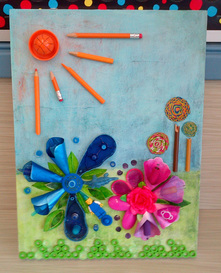 A few months ago, I embarked on a project with a sixth grade class at Chedoke Elementary in Hamilton. Jennifer Miscas, the teacher of this fine group of students, started a Jane Jar with her class at the beginning of the school year, and in January, she contacted me to see if I would create an art piece from the jar's contents. (You can read more about how this came about in my original blog post about the project's start.) I was thrilled and honoured by Jennifer's request. I finished the art piece in May and delivered it to Jennifer and her class. And with my impeccable timing, I'm finally getting around to writing about it just as all the kids head out for their well-deserved summer vacation. Sorry, guys. Nevertheless, let me tell you the story of how some sixth graders' junk turned into fabulous art supplies. This is how it all started: a big jar, full of lovely trash.
The Best Art Supplies Ever Eventually all the garbage and repurposed components came together into this assemblage art piece, which I titled "Sixth Grade Landscape". Can you see what's in it? Keep reading to find out . . . In my usual forgetfulness, I forgot to take a photo of the artwork, so Jennifer kindly provided me with this one. I've numbered the sections so you can see what went into each area of the artwork:
1. I made the sun out of a lid from a sports drink, a plastic basketball from a broken keychain, broken pencils, and broken pencil crayons. 2. The trees in the background are made from friendship bracelets and broken pencil crayons. 3. The blue flower has a lot of components.
I think that's everything . . . You might notice that not all of the components I made out of the kids' trash made it into the final artwork. These pieces are destined for another art adventure in my studio, and I have carefully stashed them away until their destiny is revealed. I have done the same with any of the garbage I didn't use from the sixth graders' collection. In my next post, I'll tell you about Part Two of this story: my visit with Jennifer and her delightful sixth graders. It was a great time, and I can't wait to tell you about it, so stay tuned. Every day, everywhere we go, our eyes take in images. Usually, our brains don't register the interest, beauty, or complexity of the things we see because we're focused on other things. As a result, we miss a lot of opportunities for delight, inspiration, and heart lifting.
So lately, I've tried to keep my iPad mini with me when I'm out and about so that I can capture the mundane and spectacular sights that invoke responses in me. In so doing, I'm creating a catalog of images to peruse when I need a creative recharge, an idea for a piece of art or jewelry, or simply some cheering up. Here's a sampling from my stash . . . no enhancements, no Photoshop . . . just the straight goods. I am very attached to this orange sweatshirt. There's no reason for it: it's old, the drawstring for the hood has long disappeared, and orange looks terrible on me. But it's cozy and lumpy and soft and warm, and I love it. So when I got a stain on it a few months ago, I was dismayed. I've had it in my mind more and more that I'd like to upcycle my clothes that are worn, stained or ill-fitting. This seems to me a responsible way to manage my wardrobe: it would save me money and allow me to save beloved pieces. It would also prevent my clothes from becoming part of the pile of second hand store discards that get shipped overseas by the pound. (Millions of pounds of bulk second hand clothes get shipped from western nations to developing nations. There are mixed opinions about how these shipments impact local economies.) The only problem with my upcycling ambitions is that my sewing skills are, well, scarce. I have lots of ideas, but I'm not sure I have the skills to execute them. Serendipitously for me, some inspired young women in my church decided to start Sewing New Hope: a community sewing circle. Since January, we've hauled out our sewing machines every Thursday night and done some sewing between sips of coffee and intervals of conversation. Among this lovely group are some ladies with mad sewing skills, and they willingly help the rest of us who don't always know what we're doing. Each week has a project or sewing skill to focus on if we want, but we can also work on our own projects. This is my opportunity to bring some of my upcycling ideas to life, and I figured I'd start with my beloved orange sweatshirt. Here's what I did. Okay, so you can't really see the stain very well in this photo, but trust me, there's a stain. In the next photo, you'll see what the weird circles are. I cut circles out of some cotton t-shirt scraps in brown, light blue, medium blue and burnt orange. With safety pins, I pinned the circles onto the back of my sweatshirt because I wanted to create reverse patches (that's what I'm calling them, anyway). Following the advice of one of my smart sewing circle friends, I hand-basted the circles onto the shirt so that I wouldn't have to deal with pins while working with the sewing machine. For those of you who are sewing newbs like me, basting is loosely stitching something in place. It is also, of course, what you do when you cook a turkey. And another tip for those with limited sewing experience: sewing circles with a sewing machine is not as simple as it might seem. Maybe modern machines can be programmed to sew curves - I have no idea - but my old-school Singer sews straight lines. This means I had to use a very light touch with the foot pedal and lift the sewing machine's presser foot every few stitches so that I could turn the fabric. I used brown thread to stitch all the circles. Here's what my sweatshirt looked like after I sewed the circles onto the back and turned it right side out. Next, I cut the sweatshirt fabric from the front of the shirt to reveal the patches beneath. With one hand inside the shirt holding the patch, I pulled the front fabric up with my other hand to separate the two pieces of fabric. Then, I nipped the front fabric, being careful not to cut the patch, and then cut out a circle along the stitching. So there you have it: my beloved cozy sweatshirt reinvented. Not only is the unsightly stain gone, but my shirt has a unique and colourful new style that I'll be glad to wear. Sorry if I've blinded you with all the orange.
Now. What shall I upcycle next? After a month of sorting, pitching, pondering, cleaning and arranging, I have finally completed my mission to give my art studio an overhaul that will make my work experience more organized and inspiring. It was a more intensive process than I had anticipated because, the deeper I delved into the clutter, the more meticulous my sorting and arranging became to help this reorganization be effective for the long haul. So, let me take you on a little tour. Yay! This is what you see when you walk in the door. On the right is my macho work area for stuff that involves pounding, drilling, torching and smashing. On the left is where I more gently work on art and cards. First stop on the tour: my art desk. I had two goals when I rearranged my desk: create lots of work space, and keep close at hand the things I use a lot. I have organized my most-used art tools into a series of pottery and wood containers along the back edge of my desk. The art supplies I use the most sit on a lazy susan (I'm bad at putting things away, so this caters to my bad habit). All my pens and markers are organized in those little plastic drawers and the organizer that sits on top of them (which I made with toilet paper rolls). In the bottom right corner of the photo you can see where I toss my trash and recyclables. I'm really happy with this workspace now. I've got lots of room to stretch out my work, and I've got most of what I need right in front of me. And I love sitting by the window.
To the right of my desk, I have stored frequently-used art supplies within easy reach on low shelves along the wall beside me. My tubes of acrylic paint hang on the wall from binder clips: now they're easy to access, and they look funky too. (Thank you, Pinterest universe, for the idea.) I got a bargain on a bunch of plastic trays at a local reuse centre, and I used them all to keep my full sheets of paper organized. A tower of paper makes me happy inside.
The back wall of my studio is home to upcycled materials. The centre column of this shelf holds the upcycled materials I use the most, including postage stamps, bottle caps, beach glass and vegetable bags (sorted in bins on the floor). A couple more bins of upcycled stuff sit on the low shelf on the left. I wanted to keep my upcycled materials together in one place so that, when I sort through loads of garbage, it's easy to organize and put away. In another corner of the studio, I have a bin unit that holds other upcycled materials I don't use as much that patiently wait for their debut in a new project. The left column of the shelf stores all my substrate and t-shirt scraps, and the right column holds my printmaking and sewing supplies. My grunt work station didn't change very much through my art studio overhaul. The biggest thing I did here was sort through all my beads and modify how I store them. I grouped them together by material (i.e. glass, wood, semi precious) and colour, and moved some of them into the side drawers of the desk to alleviate some clutter.
So there you have it, folks! I feel relieved and excited to have this reorganization project finished. My workspace is now inviting and organized, and still bright and quirky the way I like it. I have no doubt that the arrangements and decor will continue to change over time, but this is a good foundation: a great way to start the year.
So, January's nearly over, and my daunting art studio organization project is nearly done. Next week, I'll do the dramatic "reveal" of my new space, and in the mean time, I thought I'd share some of the tricks I've used to get there. I've gleaned many of the ideas from books and Pinterest, and some I even came up with all by myself. Cutting Through the Clutter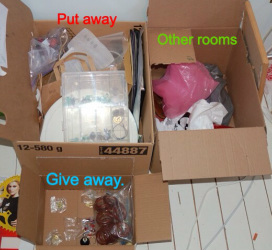 This idea from Kathi Lipp's book The Get Yourself Organized Project helped me feel less overwhelmed as I approached the chaos in my art studio. Lipp suggests that, when you begin to clean up and organize a room, you have ready three boxes and two bags. In Box 1 you place anything lying around that needs to be put away within the room. In Box 2, you place the things that belong in other rooms of the house. Box 3 is for the things you want to give away. The two bags are for garbage and recycling. In the photo, you can see my three boxes. Using this little system cleared the clutter so that I could focus on organizing my space. After all, what's the point of putting things away if you don't know where you're going to put them? The three boxes also kept me on task. Instead of getting side-tracked by putting things away in other parts of the house, I just put them in my "other rooms" box to deal with later. Scrap Paper Organization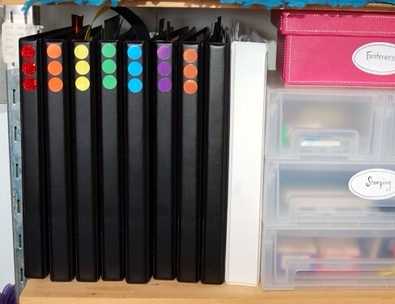 I have a lot of scrap paper, and keeping it organized has always raised my blood pressure. I never know where to put it, and more so, I don't know how to find the pieces I want to use when I need them. I came up with this idea, and I'll see how it works: I sorted all the scrap paper by colour, assigned each colour a binder, and organized the paper in each binder with page protectors. The page protectors help me organize the scraps into similar sizes and shapes - as you can see below - so that I can find exactly what I need when I'm working on cards and art. I adhered coloured stickers to each binder's spine so that I can easily pull the binder I need off the shelf when I want to use some paper or put it away. As you might have guessed, the white binder stores white and off-white papers. The binders are within easy reach of my art desk to accommodate my laziness. Mmmm . . . Wine BoxesHerding the Hoard of Ribbon ScrapsLike scrap paper, I have a lot of ribbon scraps. They have sat overflowing in a plastic container in a tangled mess that looks like a bowl of spaghetti. To start sorting this out, I untangled and unknotted the ribbon spaghetti, and sorted it into different types, like fabric, wired, gift-wrapping ribbon, string, etc. I had an empty small storage unit with fabric boxes and figured this would be great for keeping the ribbon organized. I wrapped long pieces of ribbon around toilet paper rolls, fastening them with tape. I had some sections of narrow cardboard tube (no idea where I got them), and they were perfect for wrapping short pieces of gift-wrapping ribbon. Short pieces of fabric ribbon got wrapped around clothespins, an idea snagged from Pinterest. It took a while to do all this, but now that it's done, I think it will be pretty simple to prevent ribbon spaghetti in the future. Organization for Lazy PeopleI will be the first to admit that I am bad at putting things away. If something can't be put away quickly, I put it off. There. I said it. So rather than fight it, I am arranging things in my studio to accommodate my laziness. One way of doing this is to employ what I will call the piggy bank tactic. When I'm sorting out my upcycled materials, I find it tedious to pull containers off shelves and open lids to put things away. I realize how ridiculous that sounds. Nevertheless, I thought I would make life easier for myself by cutting slots into the lids of containers so that I can just drop items into their proper places, like putting coins in a piggy bank.
Over the next few months as I work away in my studio, these organization ideas will be put to the test. I have high hopes that they'll help me stay organized and make my work easier.
I've been sort of dragging my feet into the new year because, throughout the closing months of 2013, I resolved to dedicate the month of January to getting myself organized. I'm not one for new year's resolutions (because I know I won't keep them), but January is the natural time to take stock of how last year went in my home and with my business, and determine what needs to get done in the months ahead. November and December were a flurry of activity, and I looked forward to January when I could take some time to assess. Now that January is here . . . I feel pretty sluggish about making plans and getting organized. Besides business planning and attending to some household projects, I am trying to reorganize my art studio this January. Not that I didn't try, oh, maybe eight times already in 2013. Each time I went through a crazy busy few weeks, I got frustrated with the clutter and chaos that accumulated (see evidence above). This month, I'm determined to devote the time and energy to designing a creative space that will really work, that needs only minor adjustments in the year ahead. As I embark, it feels a little insurmountable.
1. PracticalityThe things I use the most must be within easy reach (in close proximity to where I work, at a shelf height I can reach). I need some empty spaces where unfinished projects or odds and ends can reside until I have time to put them away. Several organization blogs and books I've read say that you shouldn't have empty spaces where clutter can accumulate. Clearly, those authors are not as flawed as I am: my reality is not so orderly, so I'm going to accommodate my more casual working style. So there. I have a lot of things to store in my studio: upcycled materials, tools, art supplies, books, shipping and packaging supplies, and jewelry making supplies, to name a few. I want to group them together according to their purpose so that it's easier for me to find things.
I spend a lot of time in my studio, obviously, so it needs to be a space in which I want to spend time. It must be bright and comfortable, and most importantly, it must inspire my creative senses. For me, that means using quirky upcycled storage pieces, hanging other people's artwork on the walls, taking some time to add decorative flourishes to mundane storage items, and having an idea board where I can tack up random images/objects that tickle my fancy. Starting at the EndIt's hard to know where to start when I survey the mess of bits and pieces that call my studio home. So, I have tried to picture what I want the end result to be. My hours of Pinterest perusing have shown several possibilities that usually fall under two extremes.
I'd like my studio to be something in between these two extremes. I can sort of see it, so I've started setting to work. I'll keep you posted . . . .
I was super stoked to find this cool retro kitchen storage unit at my local reuse centre. I walked past it a few times, not really noticing its potential until - BAM! - it hit me: this would be perfect for bead storage in my studio. To be specific, seed beads.
I think this plastic contraption was made probably to be a kitchen cupboard organizer for spices, by a company called Kitchen Art. I'm guessing it was made in the 80's. I have my seed beads organized into bottles by colour, plus some additional tubes full of beads. I stacked my bottles o' beads on the tiers of the kitchen organizer and put the tubes of seed beads into the organizer's handy pull-out drawer. Everything fits perfectly and is within easy reach of where I work. Dreamy bead storage. I love it when I find obscure and handy things like this! On Etsy.com, where I have my online shop, I am part of a team of other wonderful creatives who share my passion for upcycling. Each month, Team Upcyclers hosts a challenge: one of the team members chooses an item to upcycle - like wine corks, old sweaters or old neck ties - and the other team members respond by submitting new and innovative ways of reusing and repurposing the challenge item. You can see some of the past challenges by visiting the Team Upcyclers Blog. This month the upcycle challenge was to find a use for old and broken jewelry. This was a timely challenge for me because I recently acquired a few shoe boxes full of old and broken jewelry from my Mom and a couple aunts. I have reused a lot of the jewelry from these generous ladies to make other jewelry, but there are a few odds and ends that I can't use to make jewelry. This month's Team Upcyclers challenge provided the perfect opportunity to come up with some ideas. 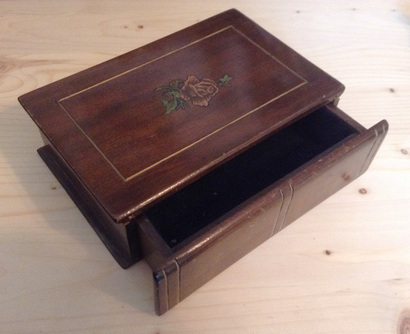 One night, I woke up in the middle of the night with an idea of what to do. Why not spruce up an old jewelry box by using old jewelry? It was hard to get back to sleep as I imagined the possibilities. This week, I headed off to a local reuse centre (the Burlington Reuse Centre - bar none, my favourite place to shop), in search of a jewelry box in need of some love. I found this adorable little jewelry box with a drawer. It was pretty dirty and had a few chinks taken out of the finish, so I figured it was a perfect candidate for some upcycled glory. 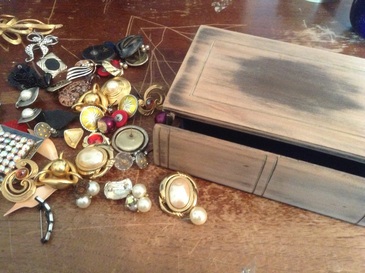 After taking it home and cleaning it, the first thing I did was sand down most of the dark finish to smooth out some of the chinks and scratches. Then, I picked through my stash of 80s earrings, broken brooches and partner-less earrings to see what ensemble would work. The moment I saw this box at the reuse centre, I knew I could use some old earrings as drawer pulls . . . a moment of upcycling destiny, I'd say. I decided to go with a pearl theme. I picked out some post back earrings and a brooch that had fallen apart (on the right in the photo). I also used some earring posts that had lost their dangled attachments. 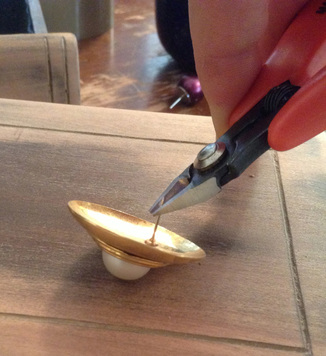 Post back earrings are perfect for this sort of project because the posts can be used as pins for attaching to surfaces. I cut down each post at an angle to create a sharp pinpoint. Then, I arranged all the pieces the way I wanted them. Based on my layout, I drilled tiny holes into the wood, into which I could insert the earrings. Before pinning the earrings into the wood, I added some glue (my beloved Weldbond), just to make sure everything stayed secure. I attached the brooch pieces with glue, tucking them underneath and between the earring pieces. And here's the result! I'm pretty happy with how this little jewelry box turned out, and I think it will make a great addition to the top of my dresser. Thanks to the Team Upcyclers challenge, I got motivated to rethink, and found a new purpose for some long-neglected implements of fashion.
4/24/2013 Tubular Tutorial: Create a Craft Organization Station with Recycled Toilet Paper RollsRead NowMy new favourite discovery is the virtuous versatility of the toilet paper roll. This sturdy paper tube is handy for so many things, and I find myself using it more and more in my studio to organize art and craft tools. My newest endeavour is an organization station (yes, I'm rhyming on purpose) for all my markers - made with 28 recycled toilet paper rolls - and I thought I'd tutorialize the process for those of you who could benefit from some colourful tidiness.
I set my end piece of hardwood flooring inside the long side of the shoe box. If you have no room to set your weighting inside, just adhere it to the bottom of the box.
|
Details
Jane Hogeterp Koopman
Subscribe to Jane's Blog by RSS or email:
Categories
All
Archives
January 2018
Stuff I love:
|
Proudly powered by Weebly


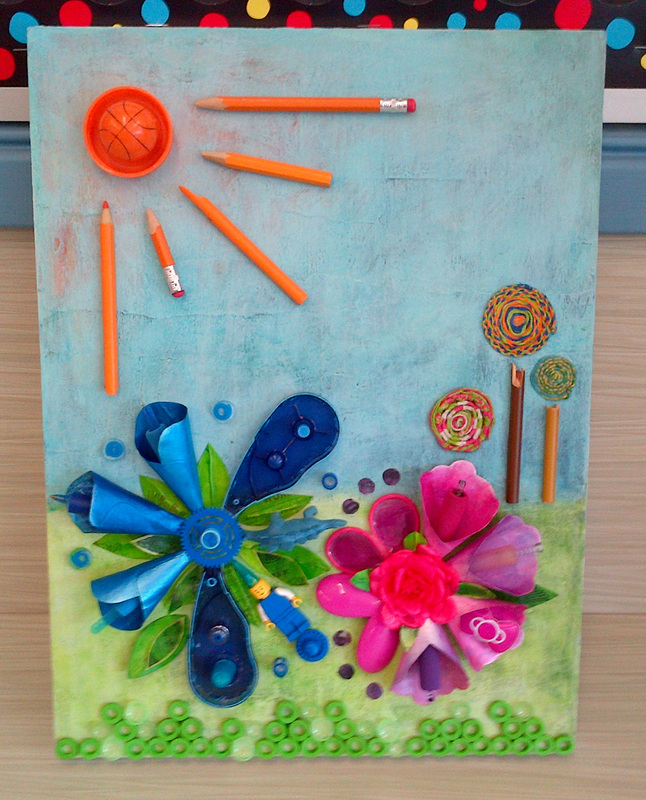
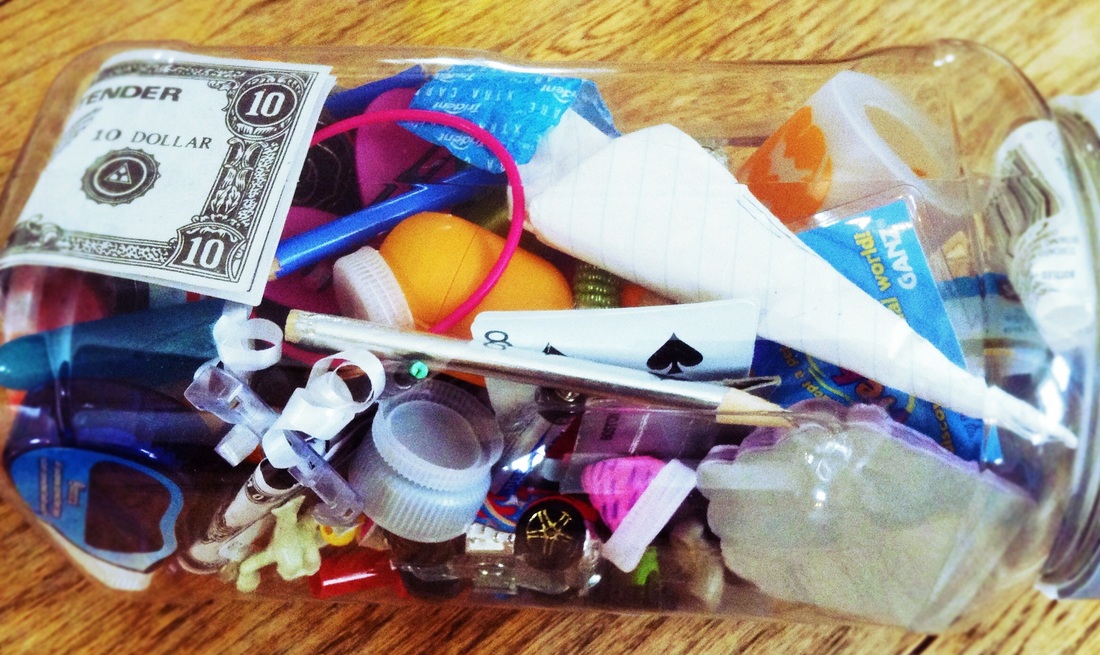
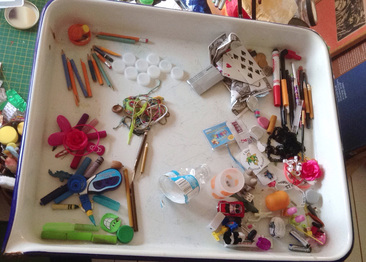
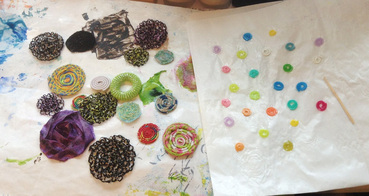
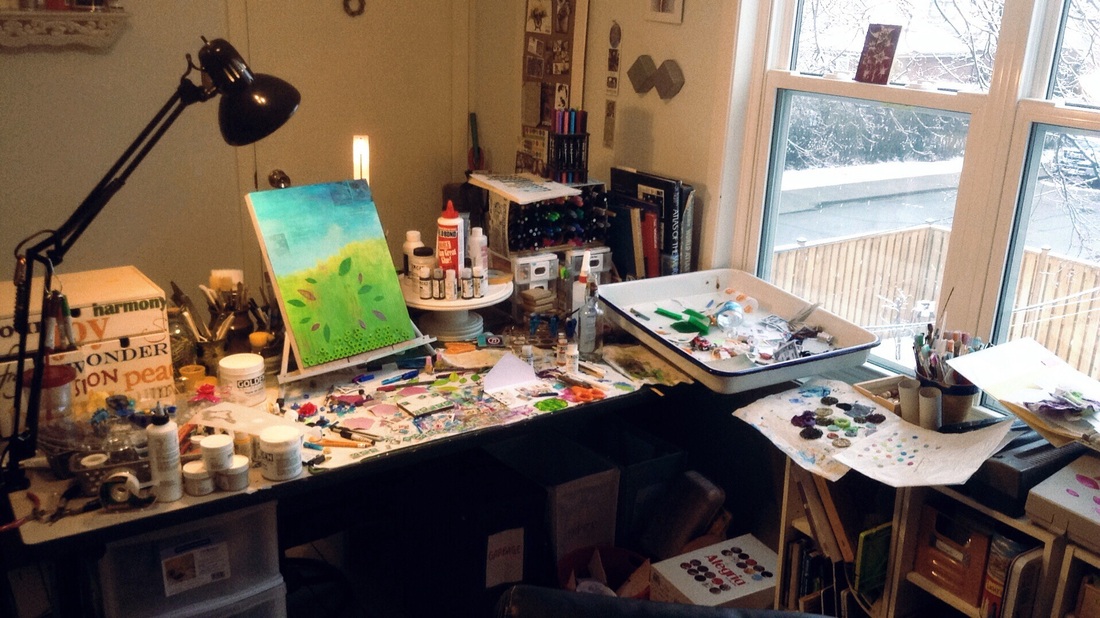
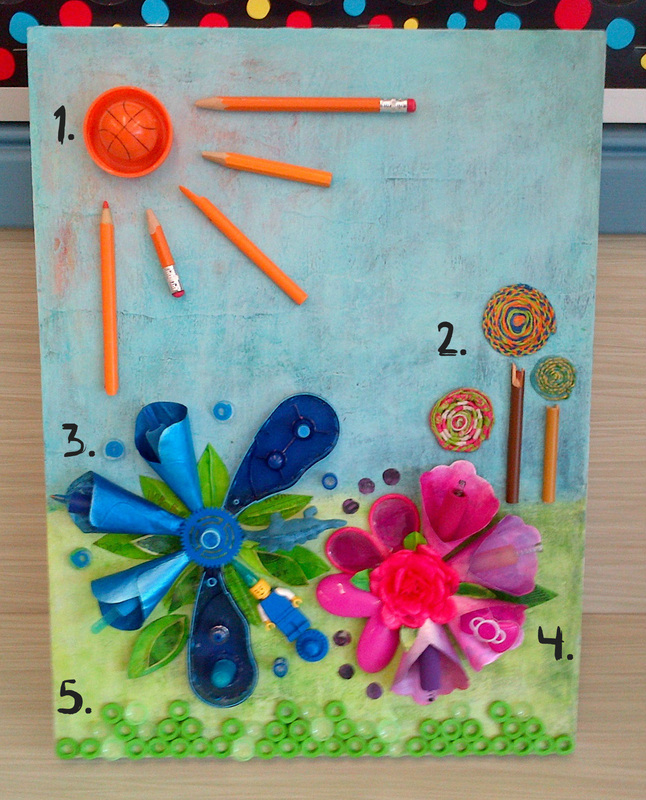
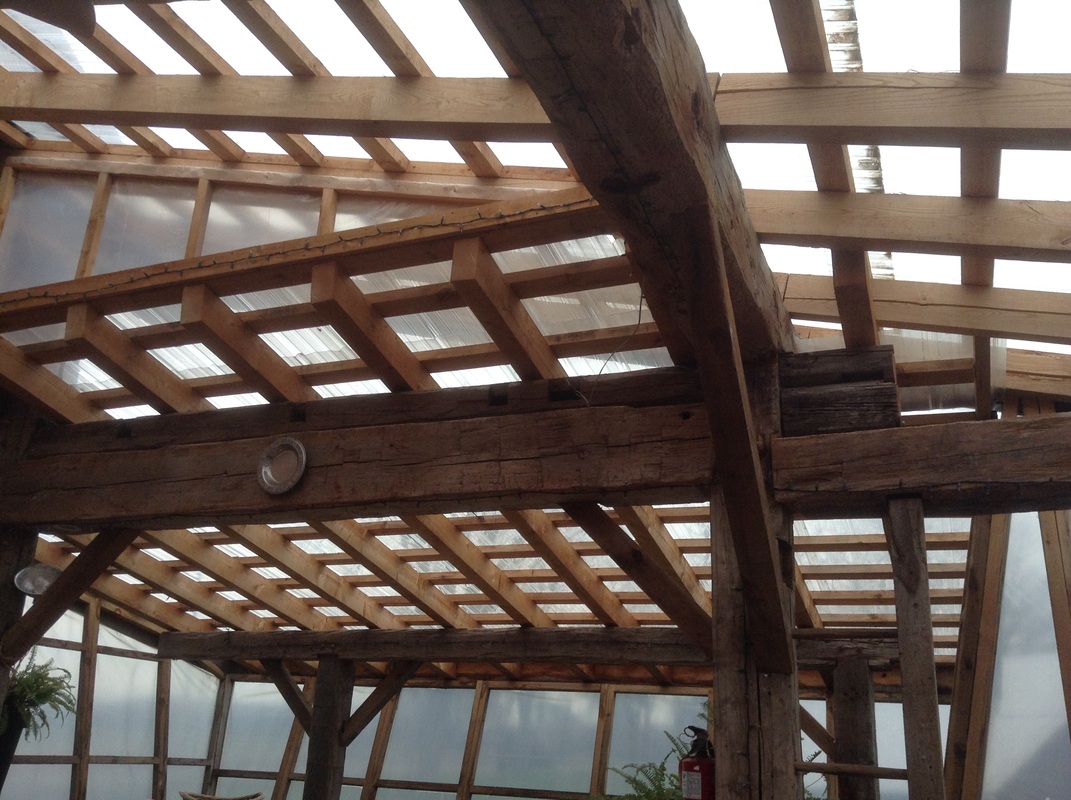
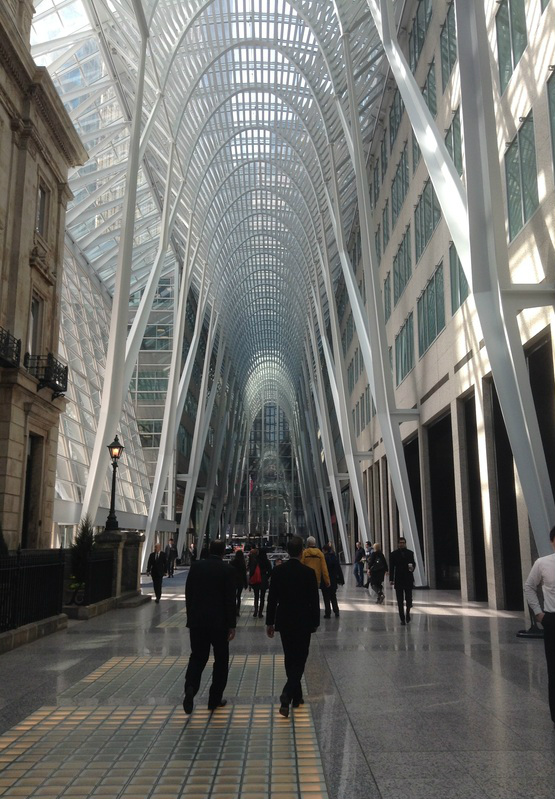

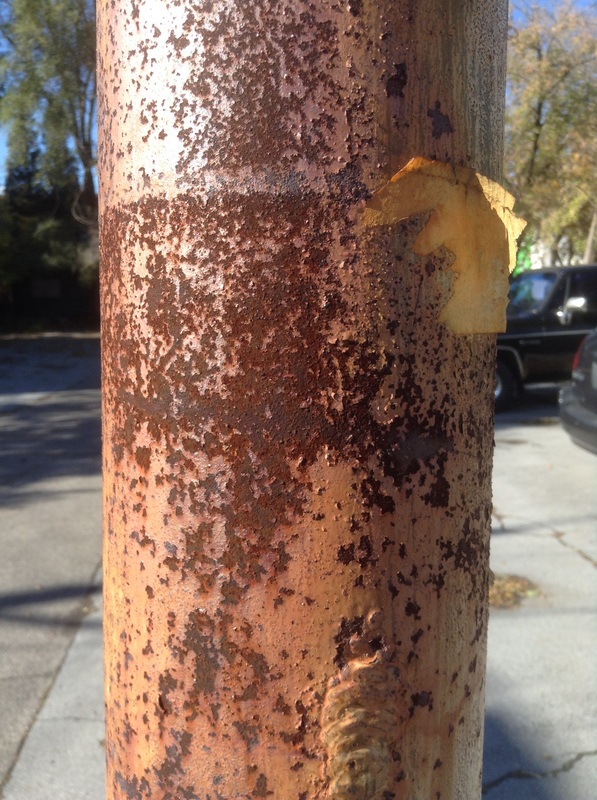
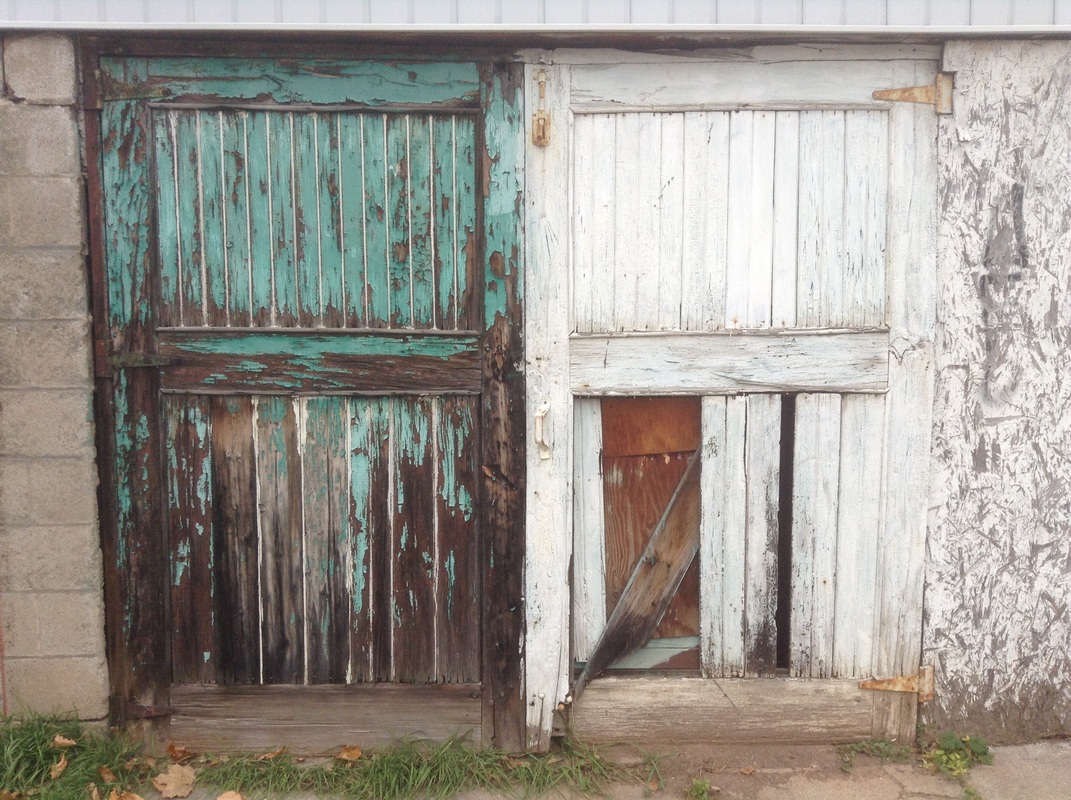
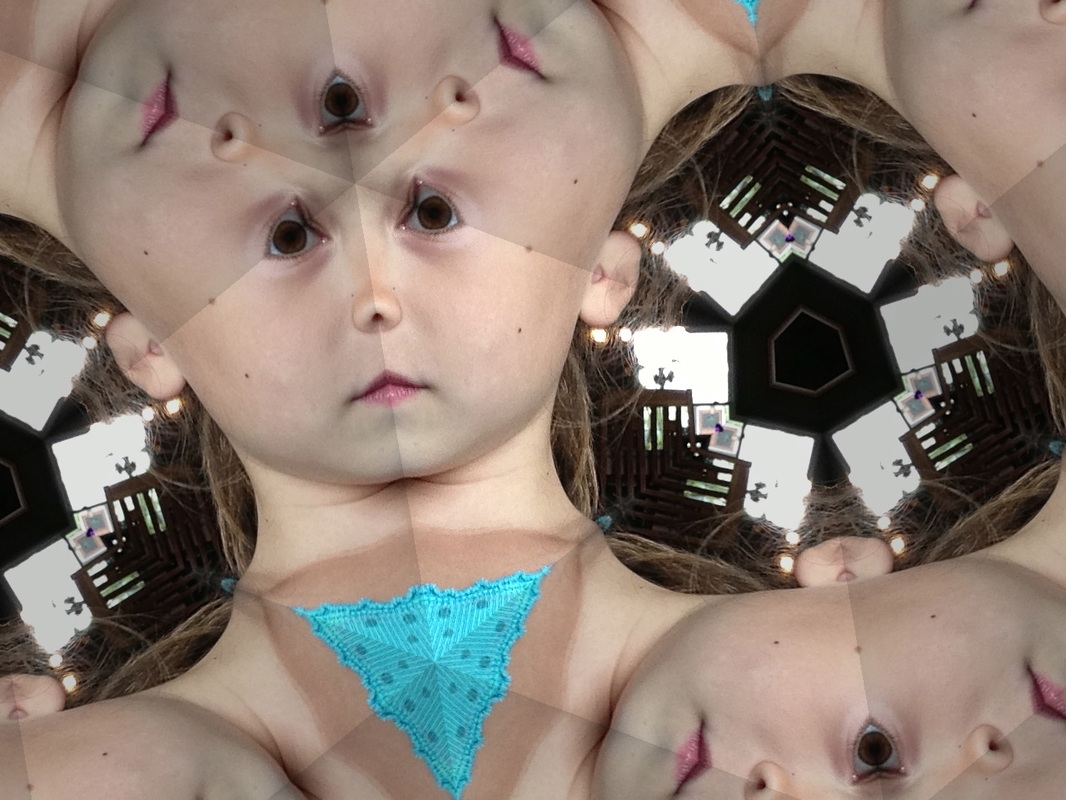
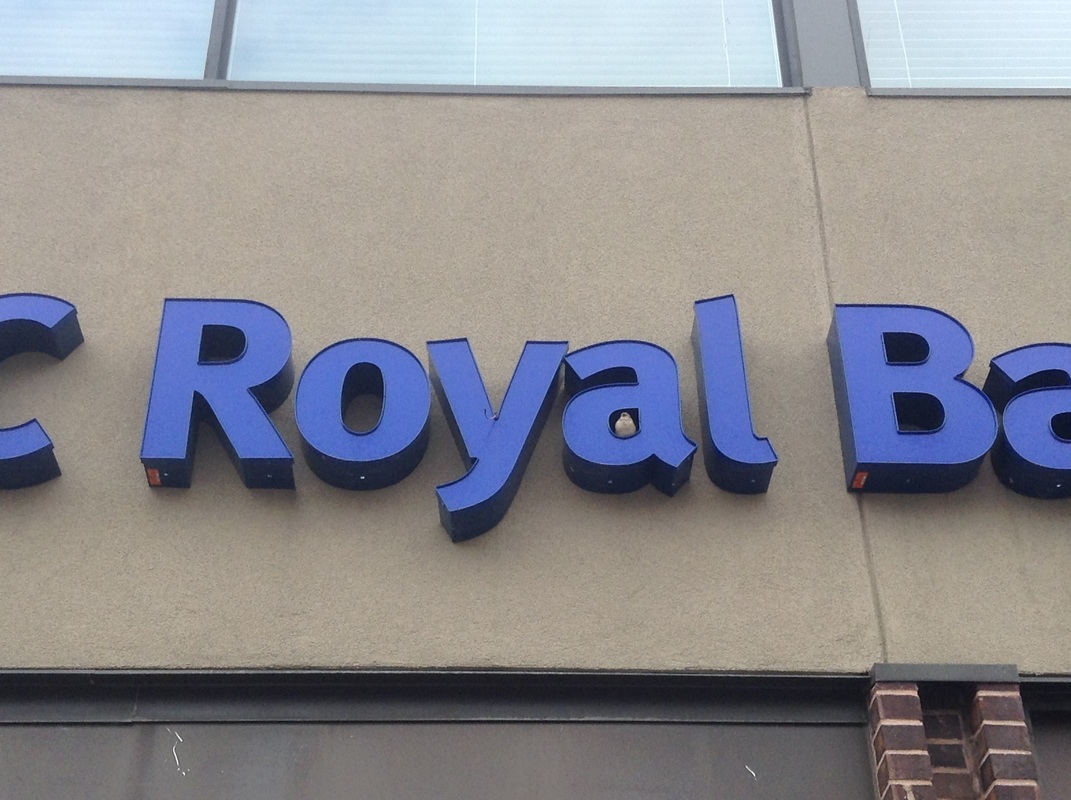
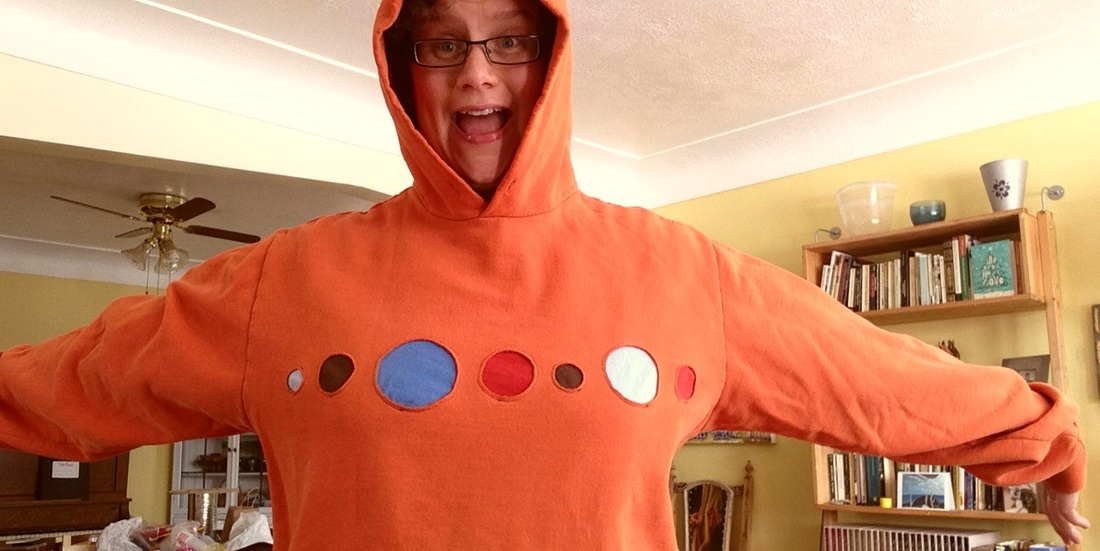

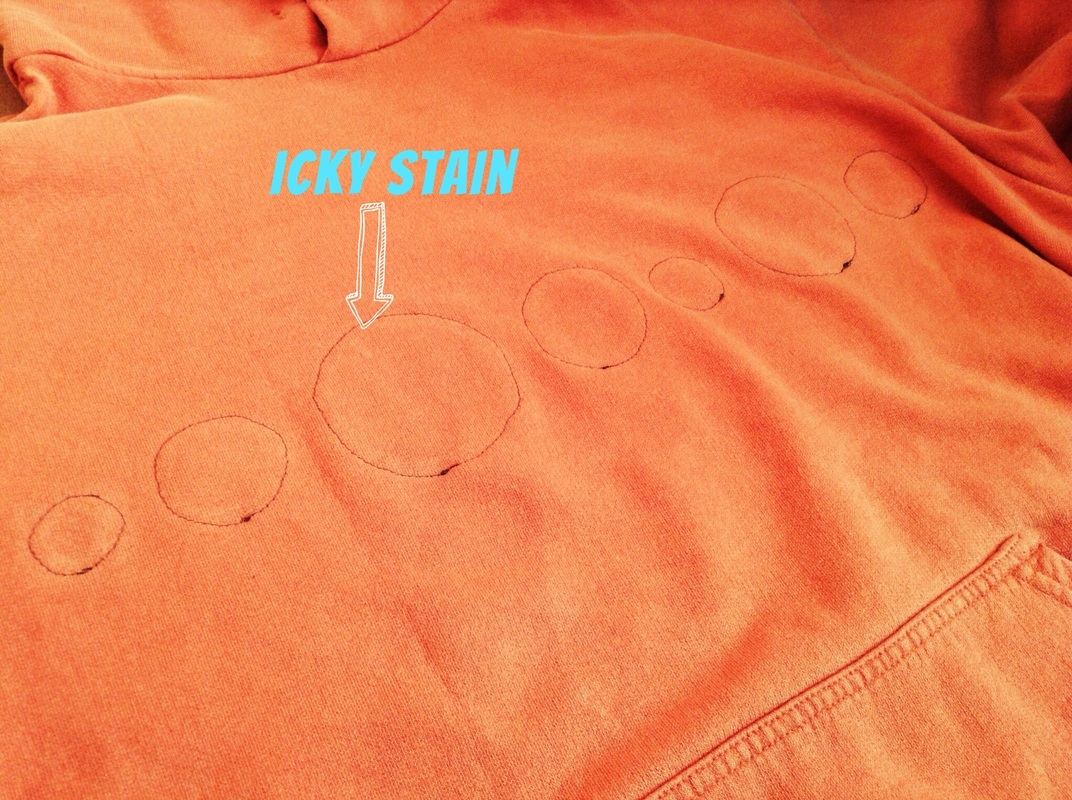
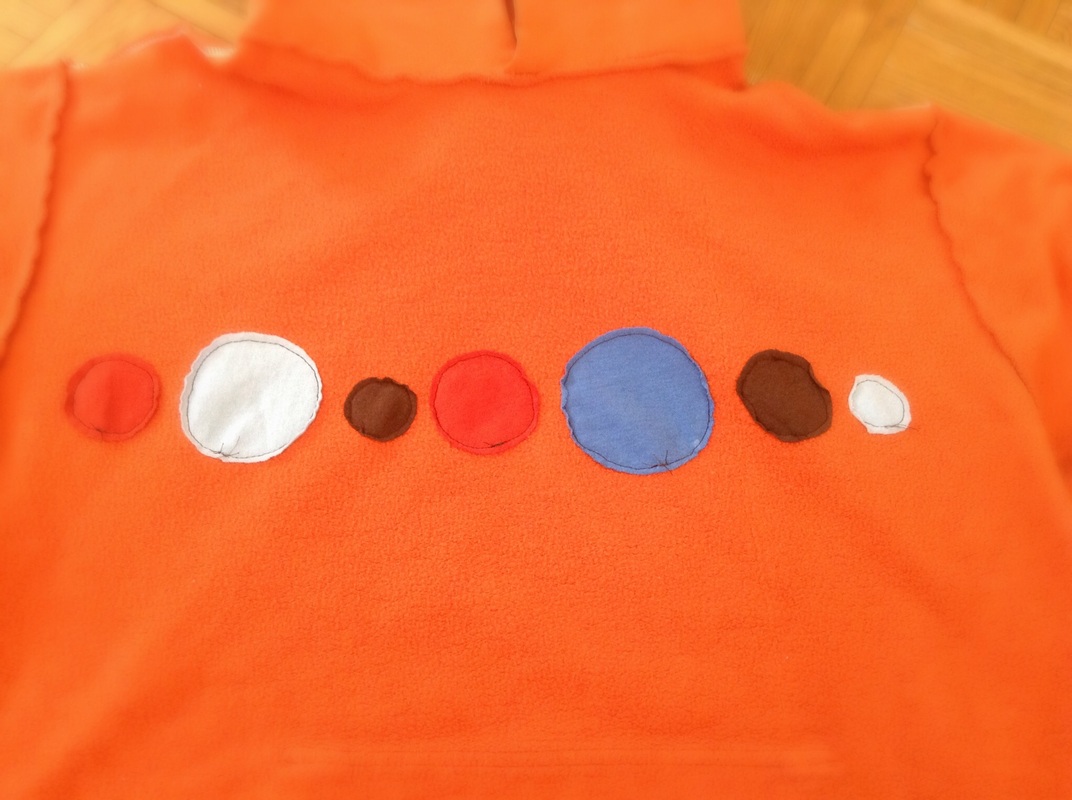
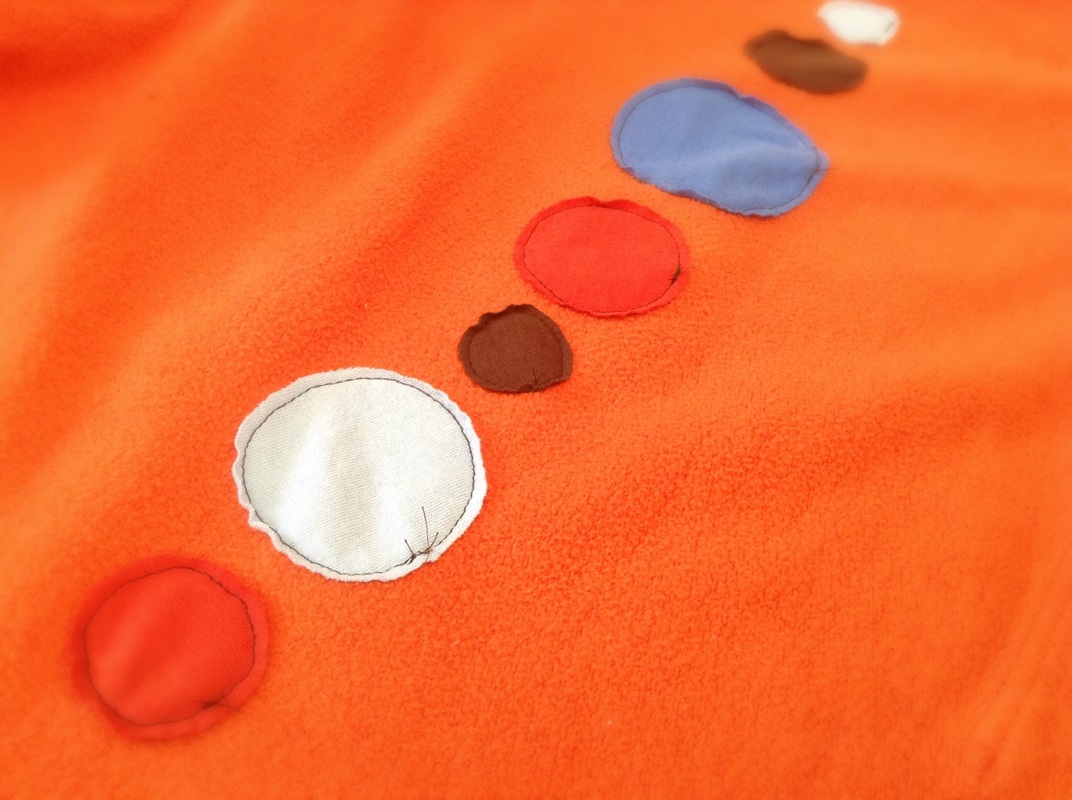
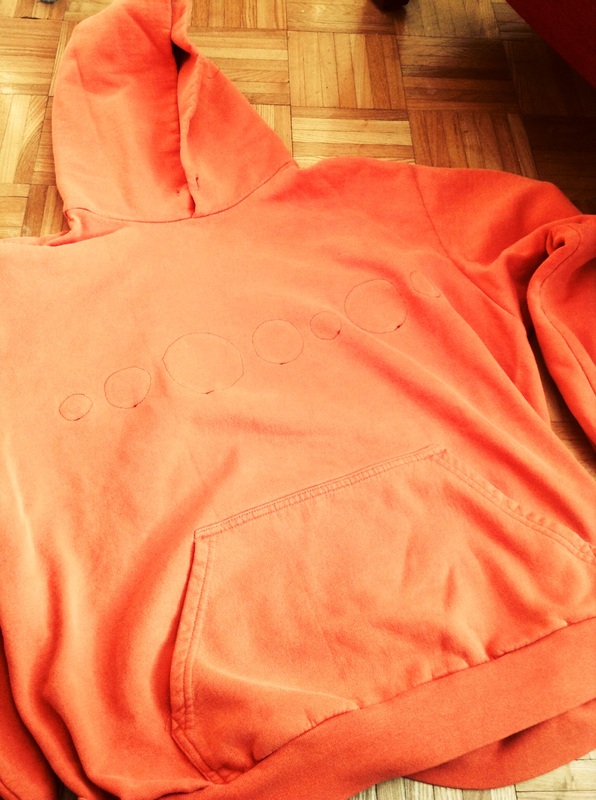
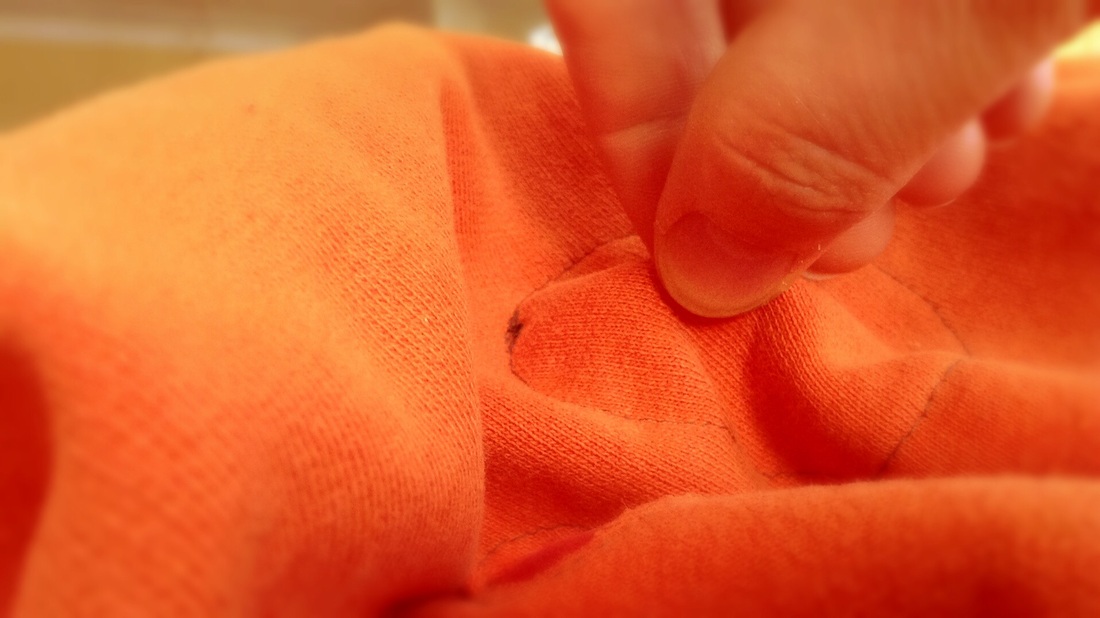
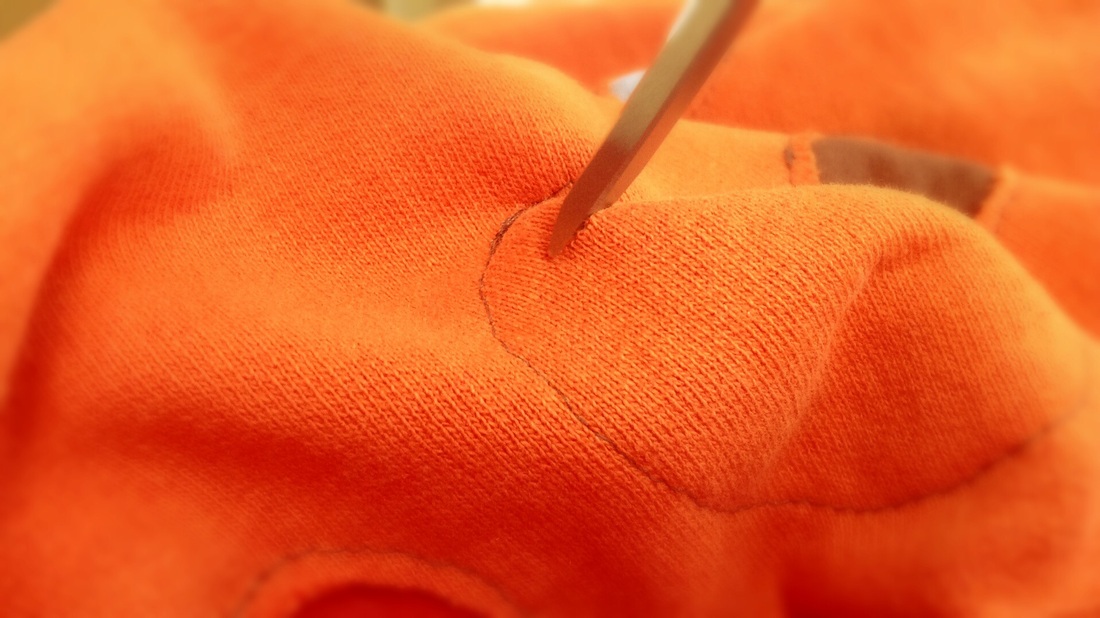
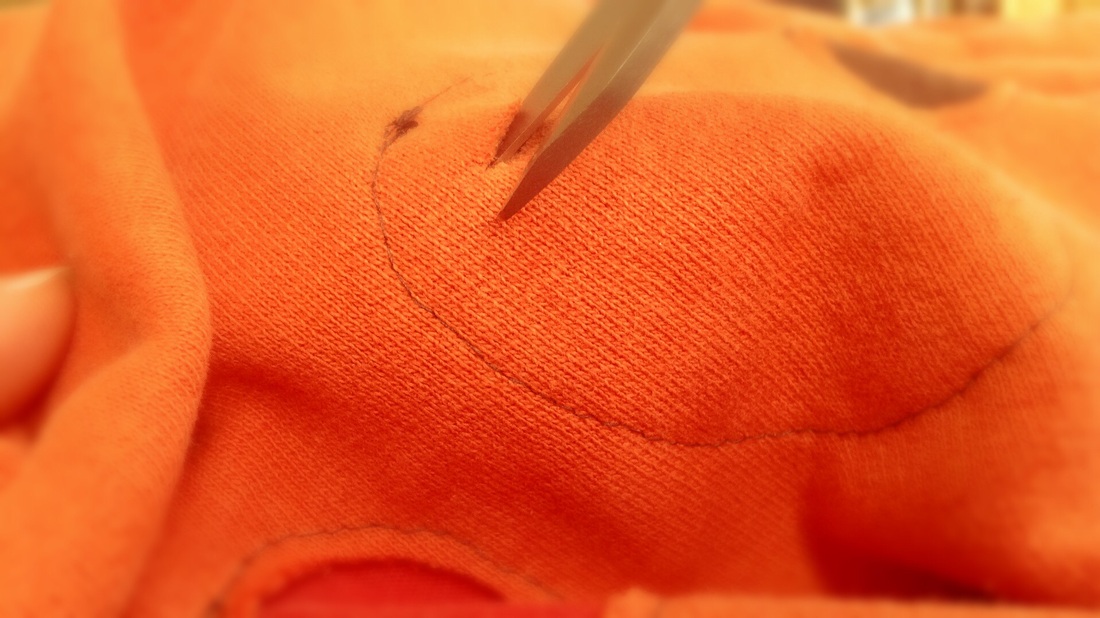
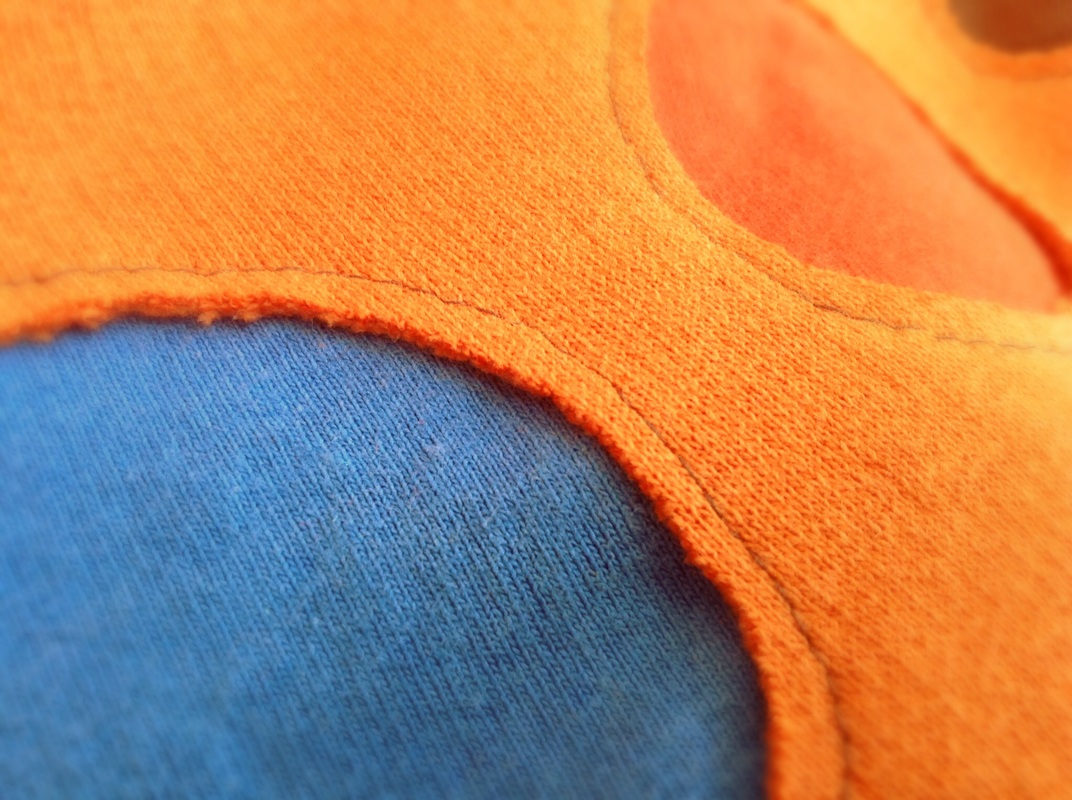
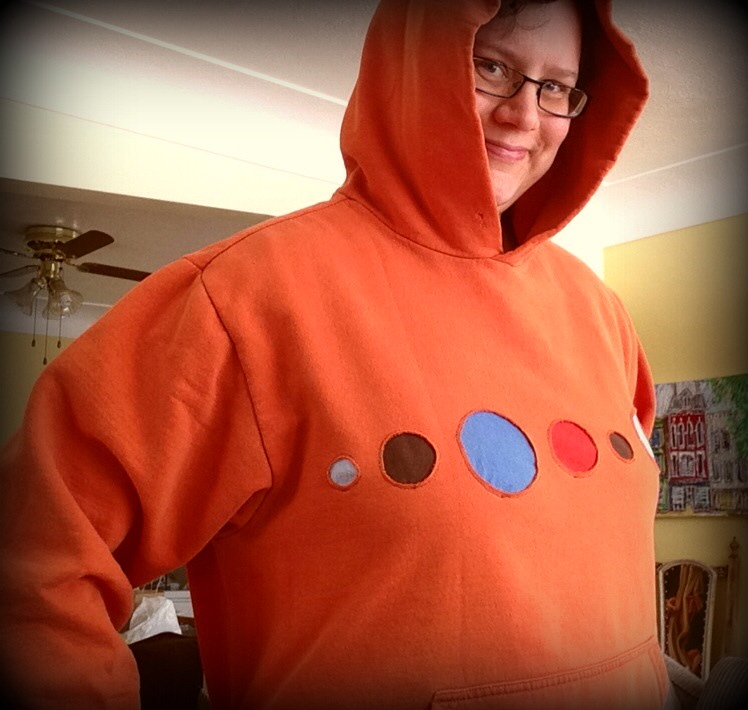
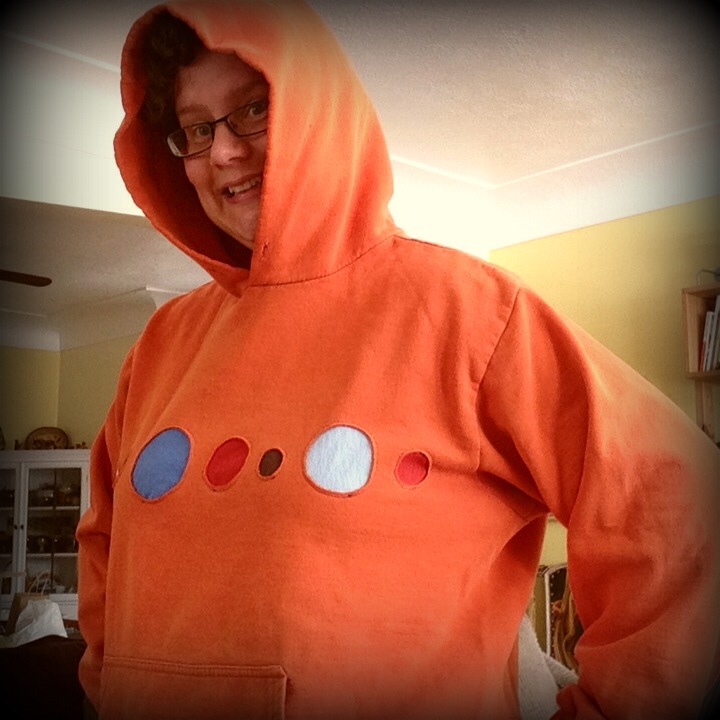
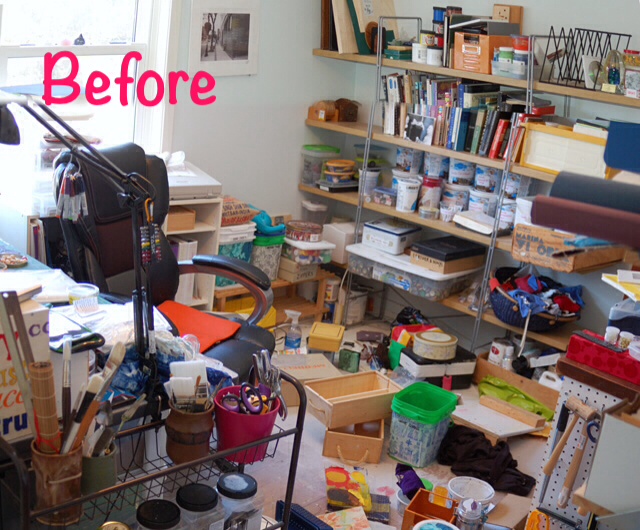
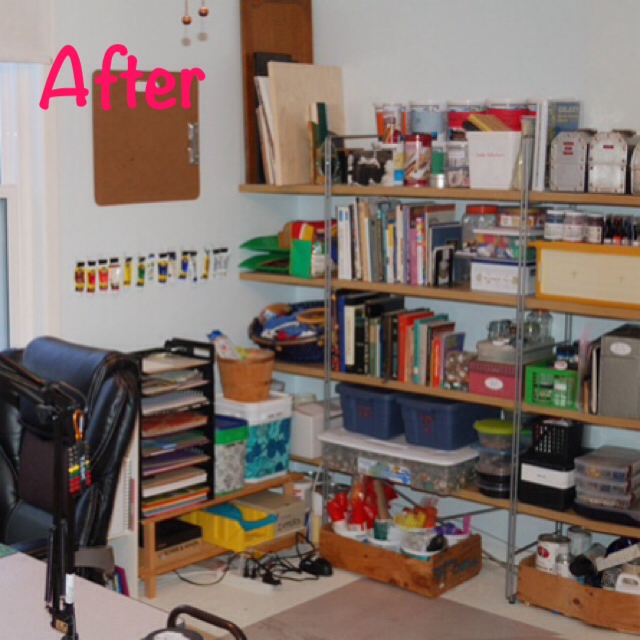
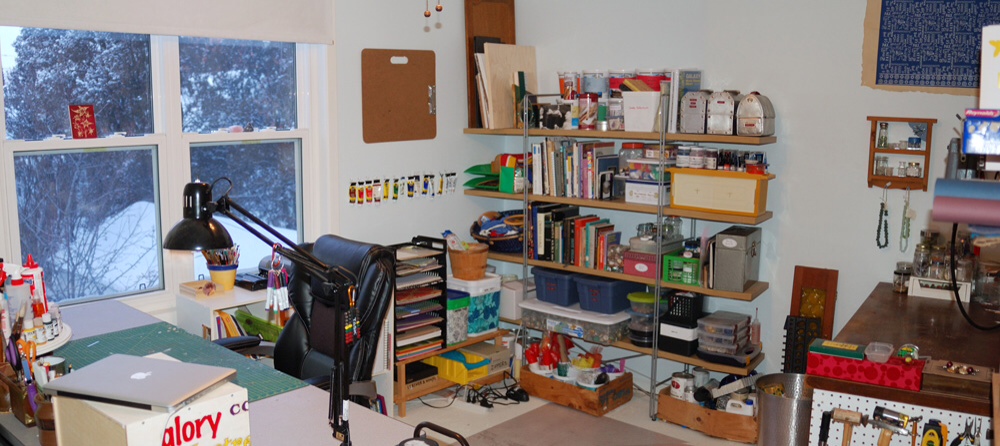
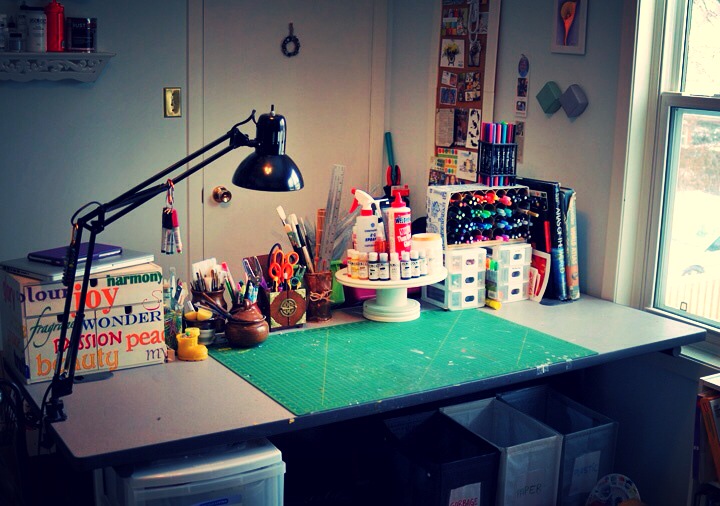
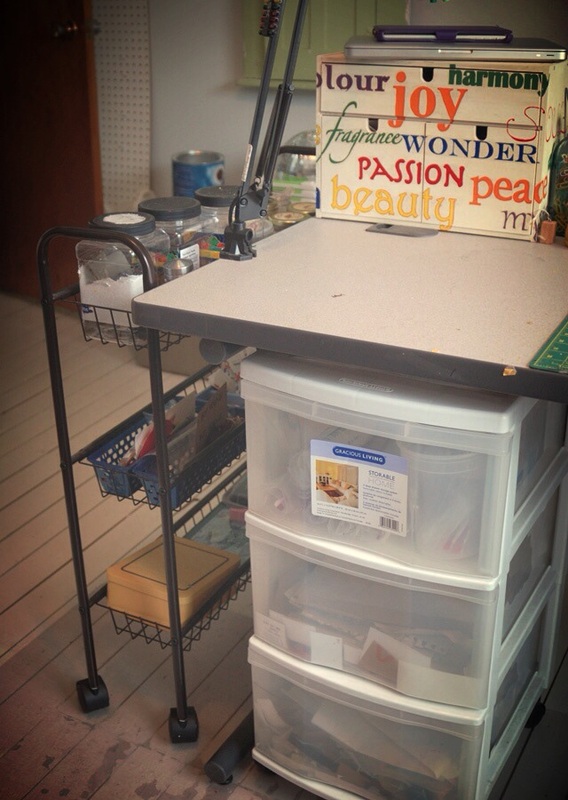
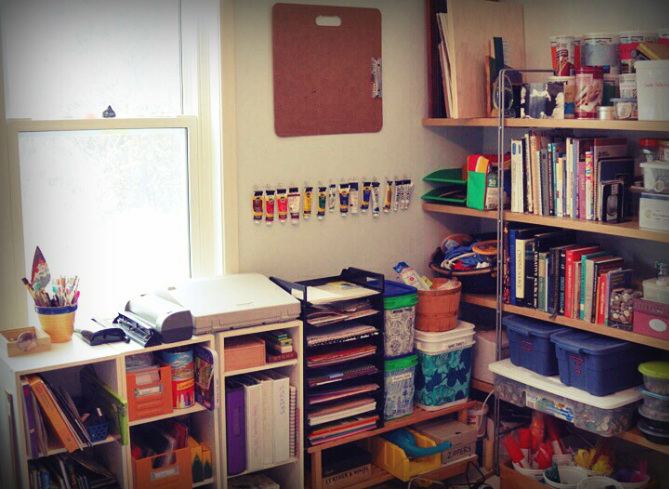
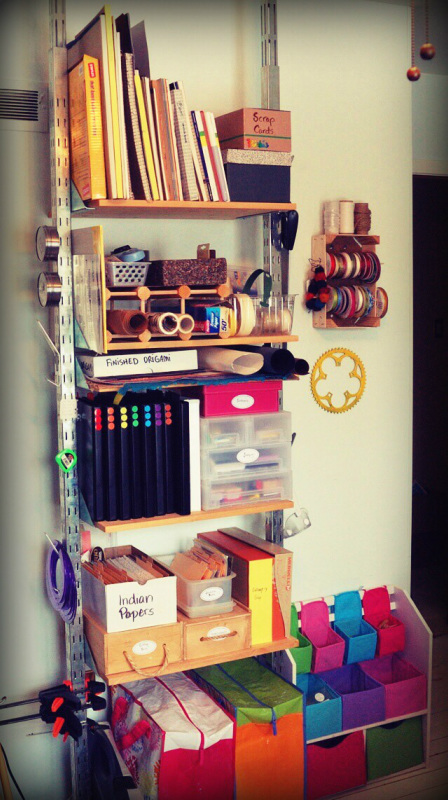
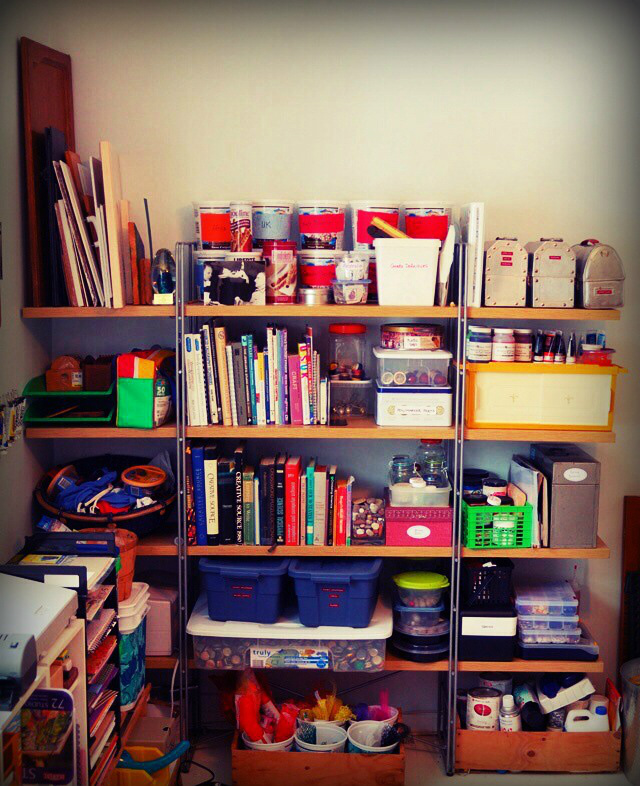
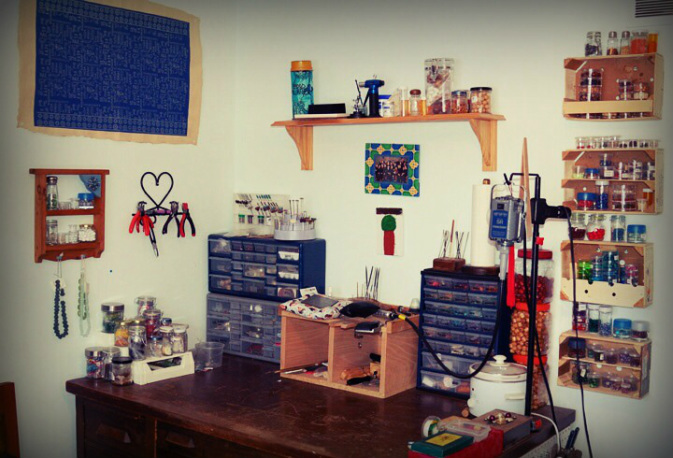
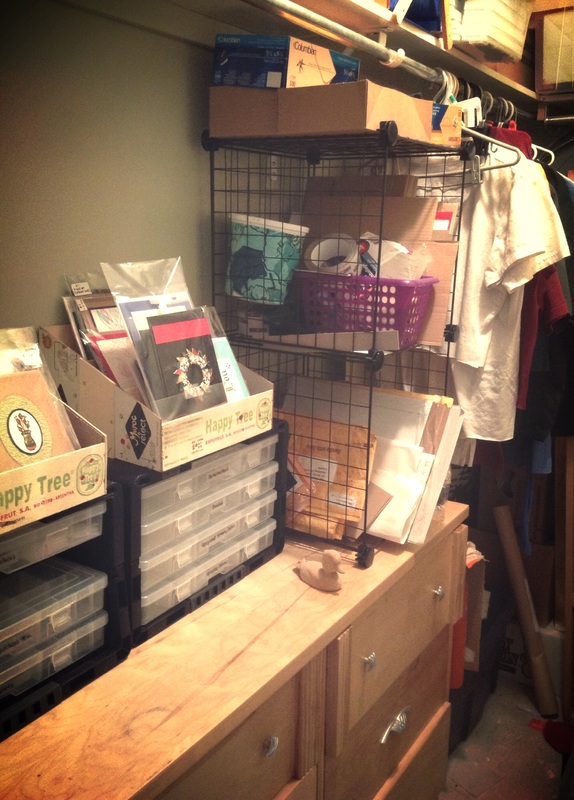
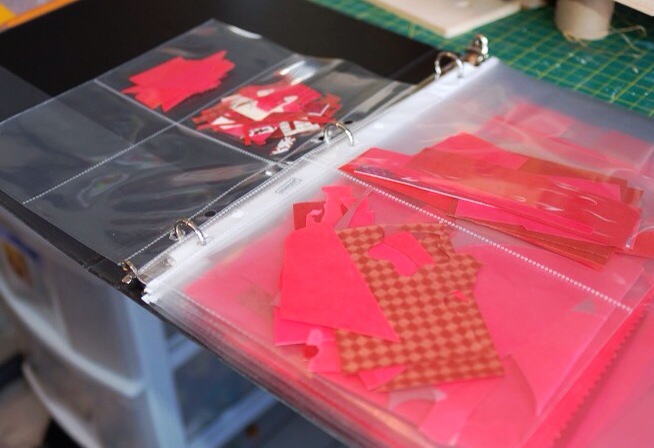
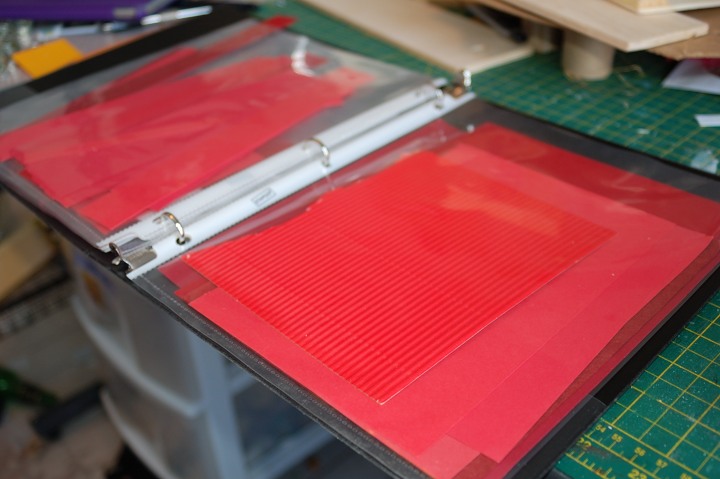
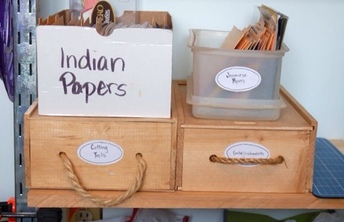
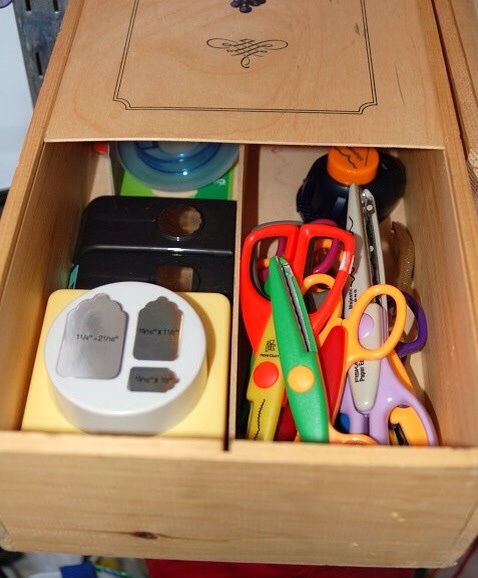

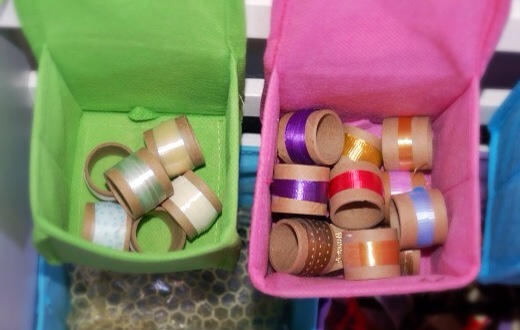
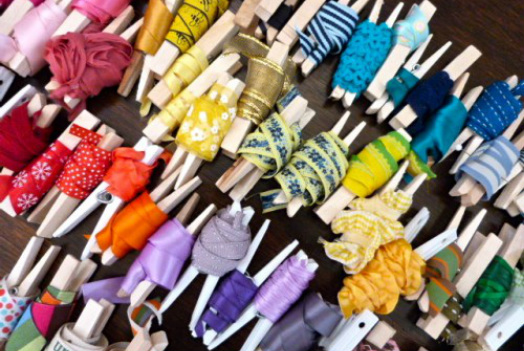
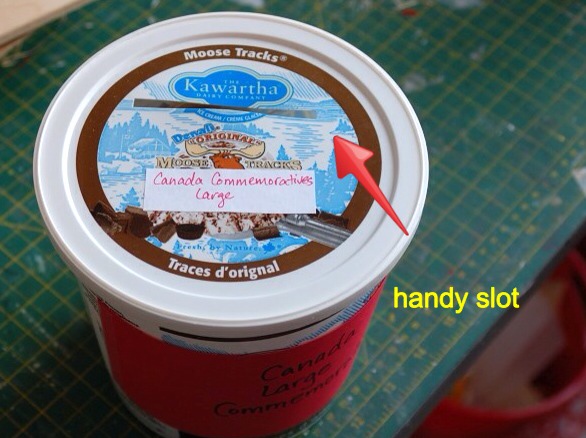
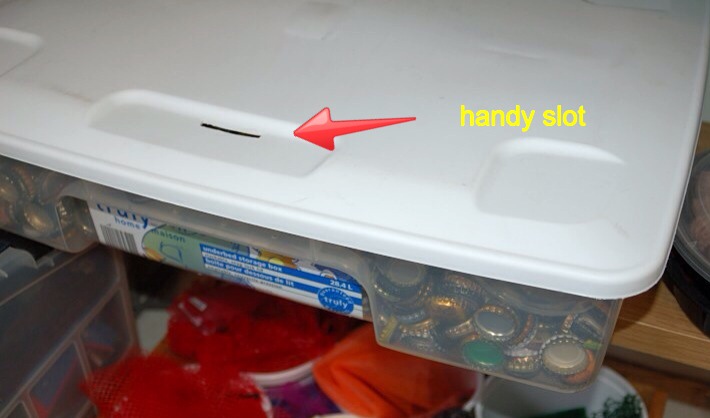
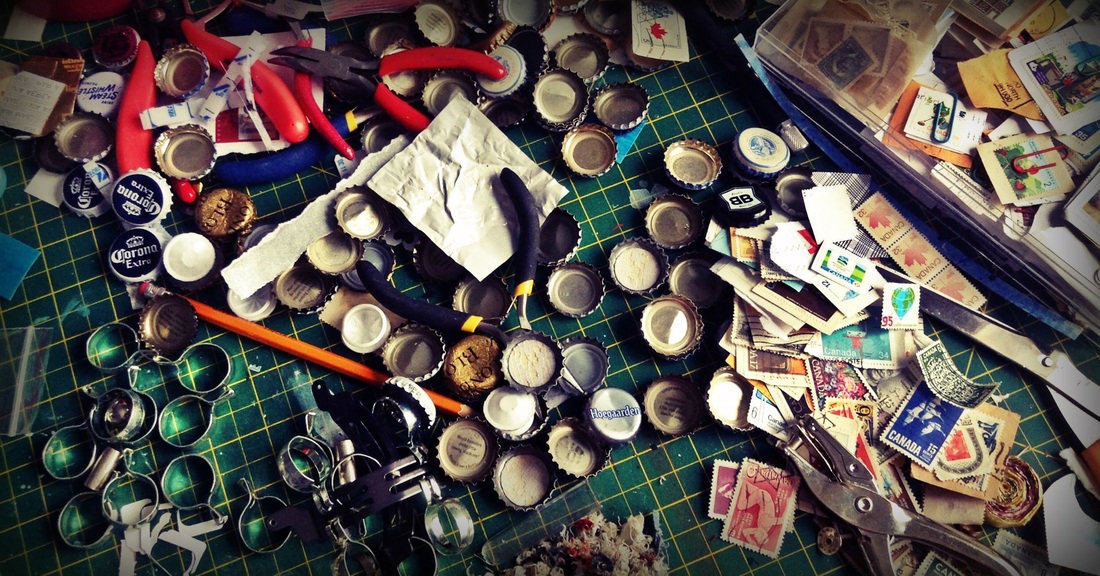
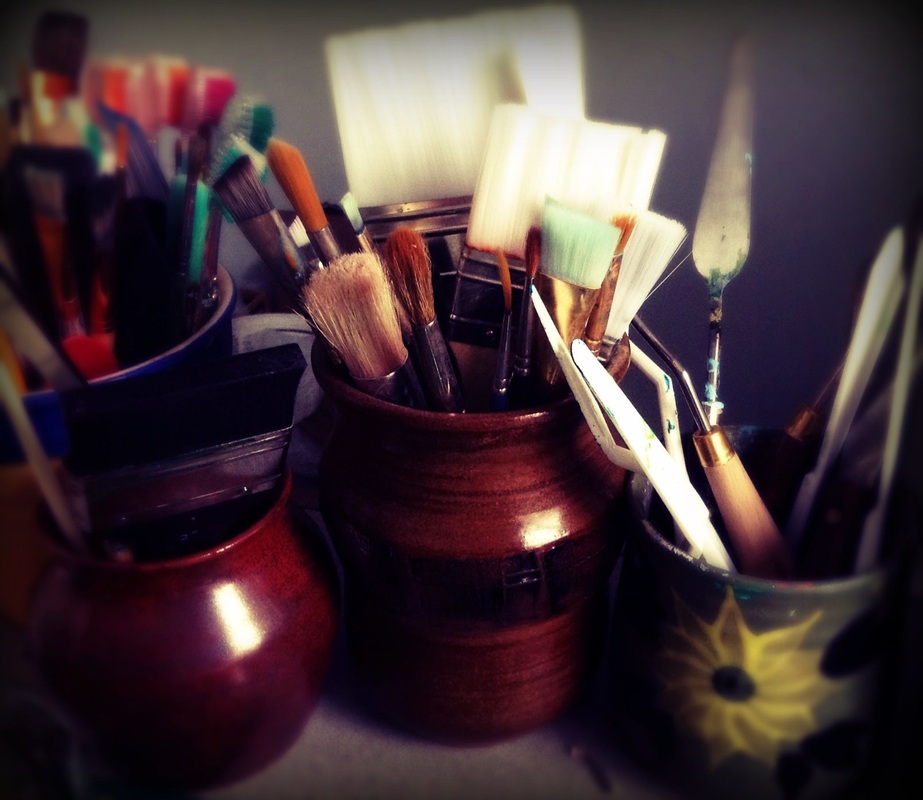
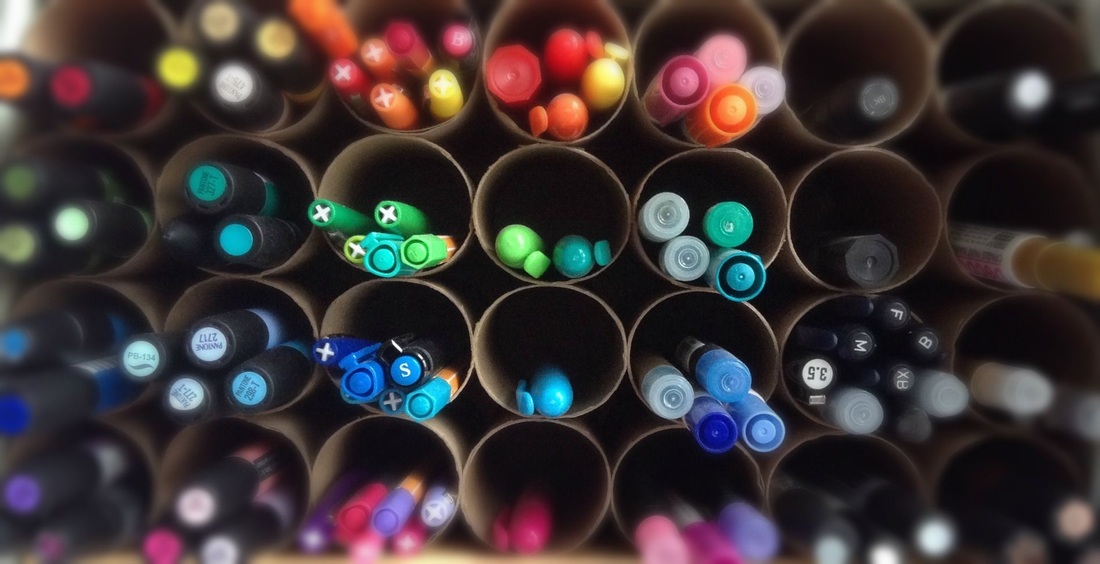
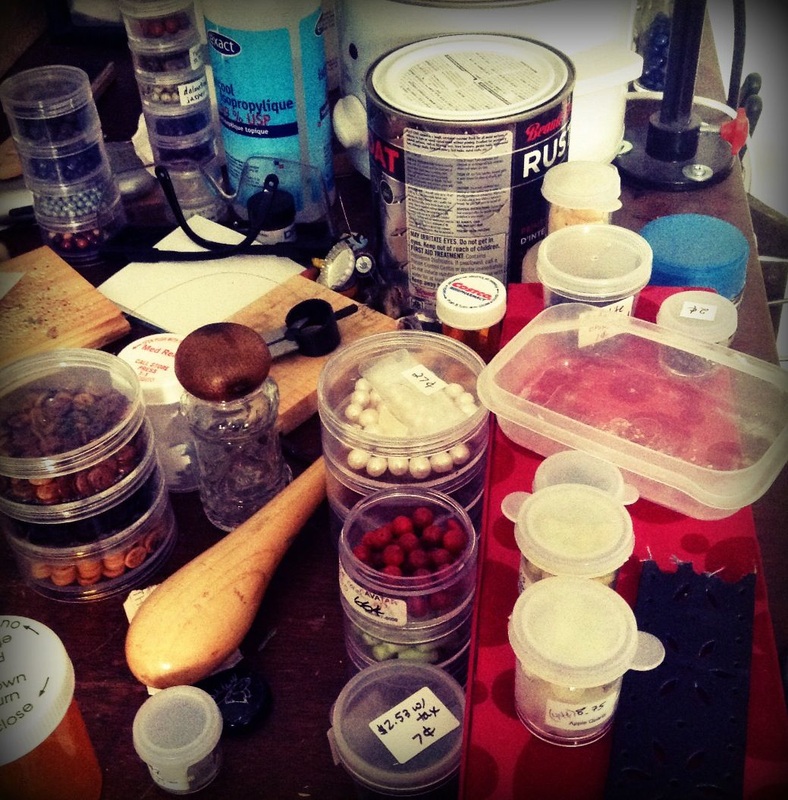
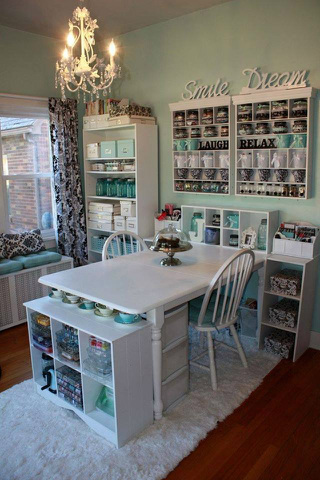
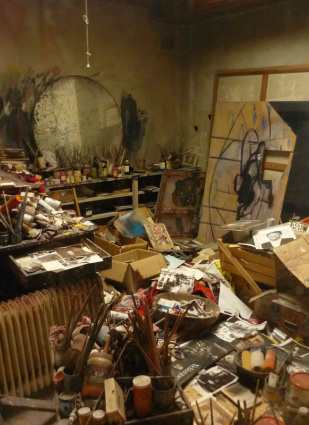
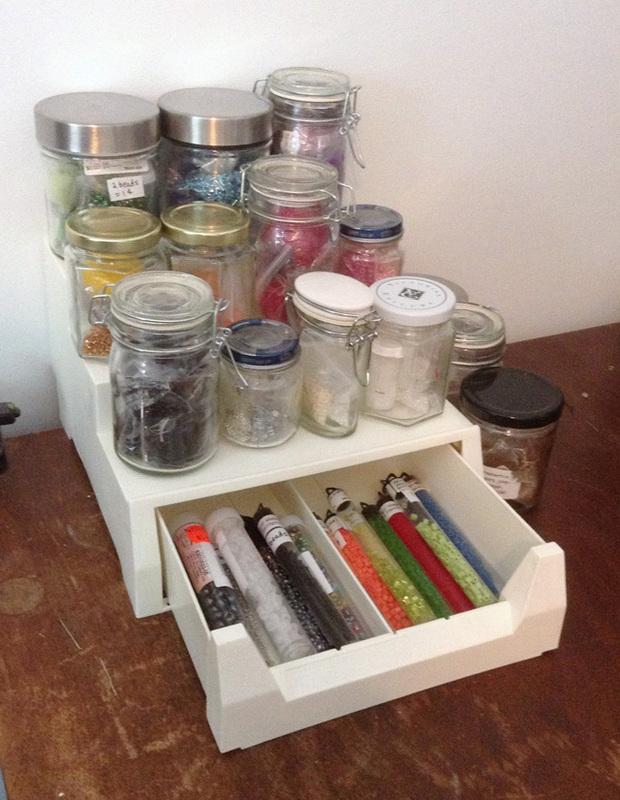
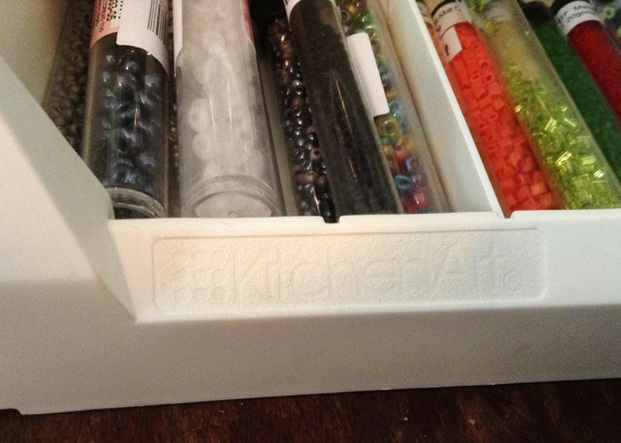
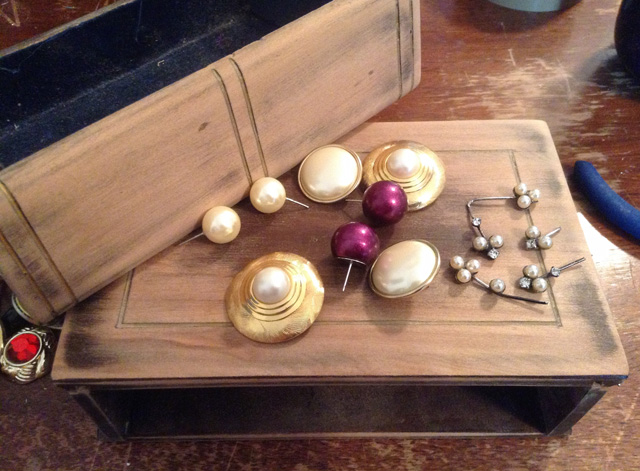
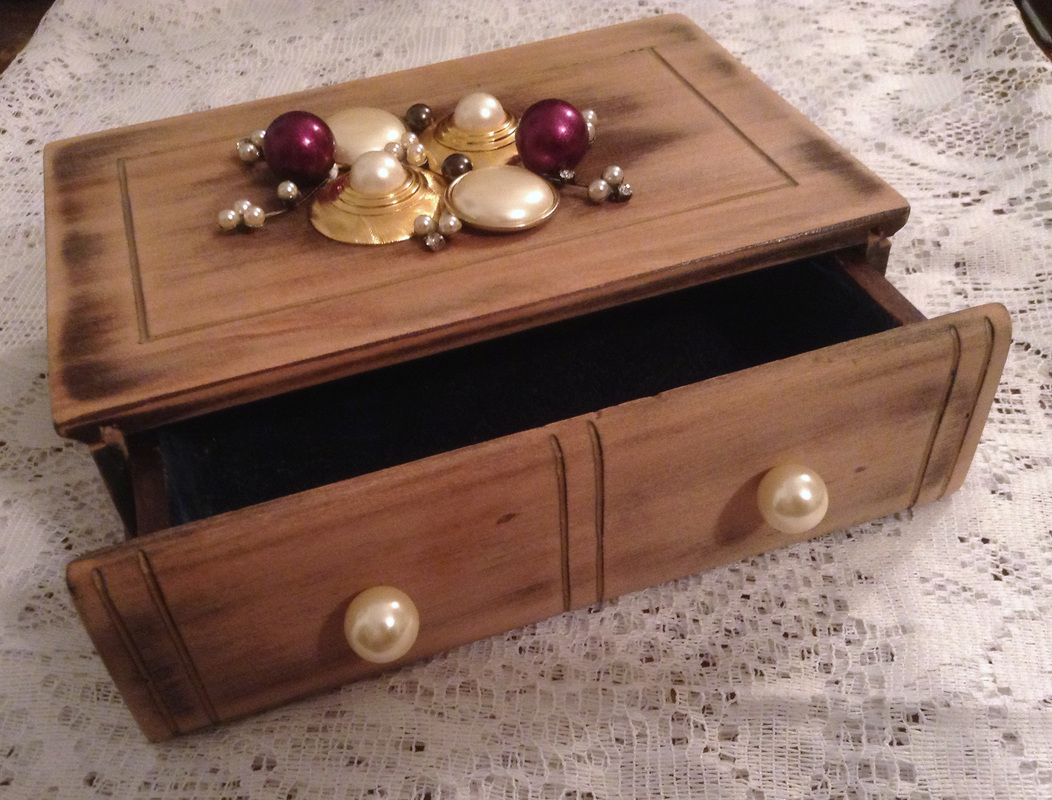
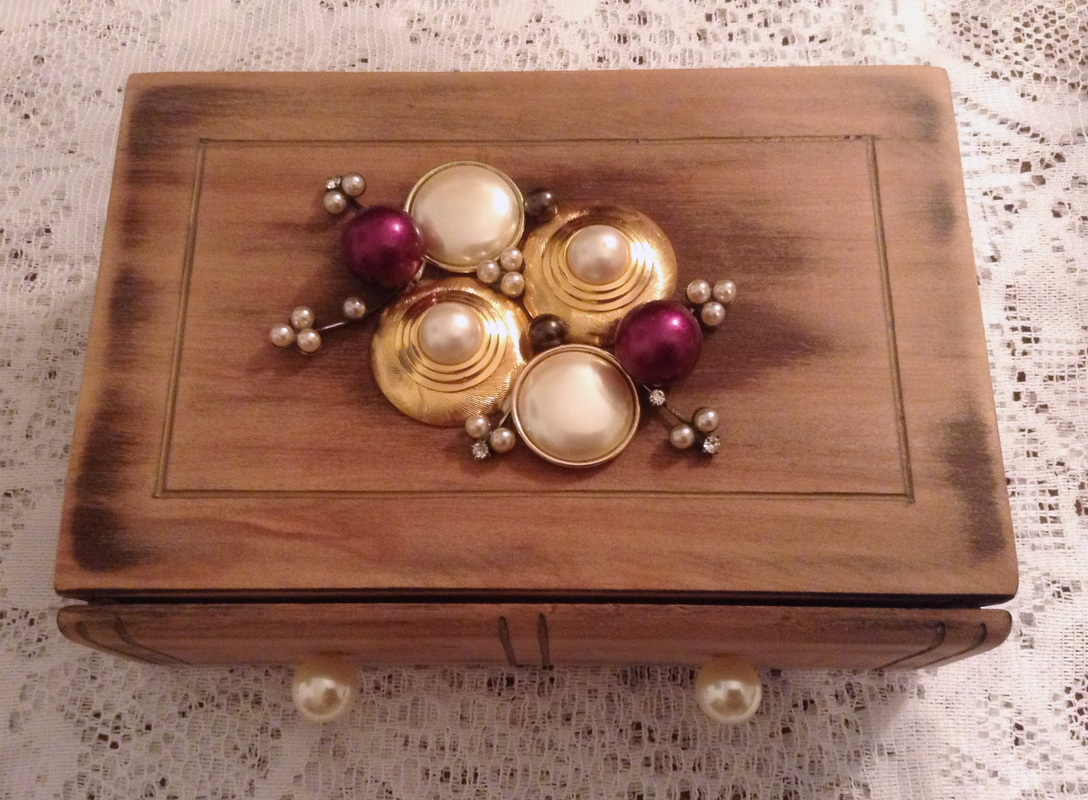
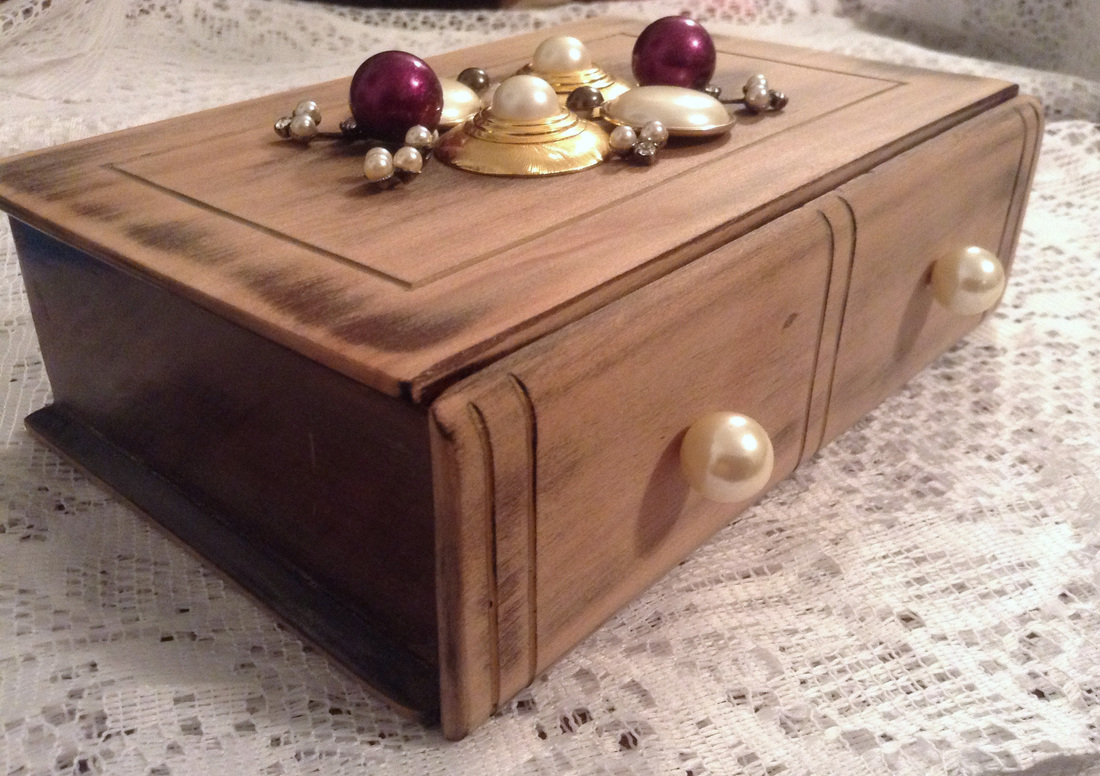
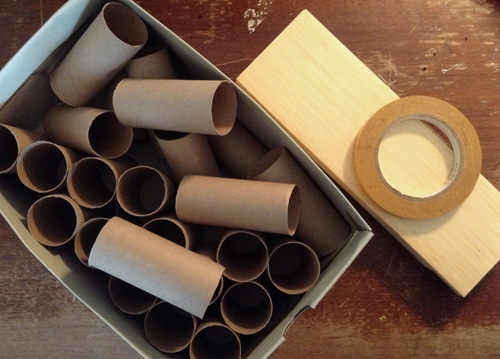
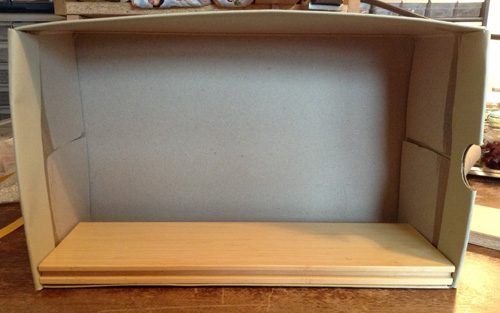
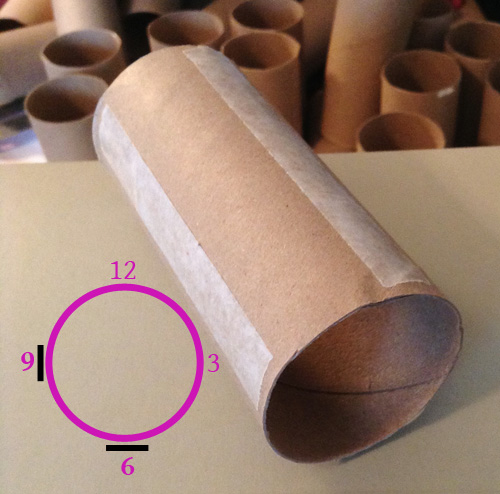
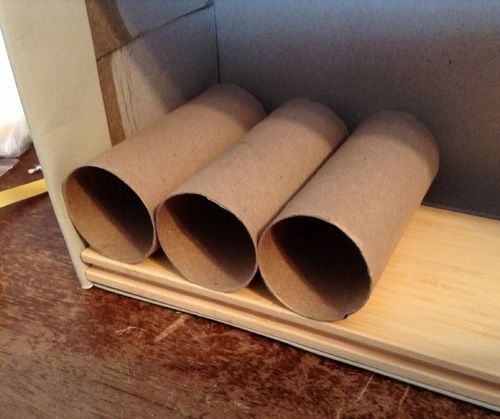
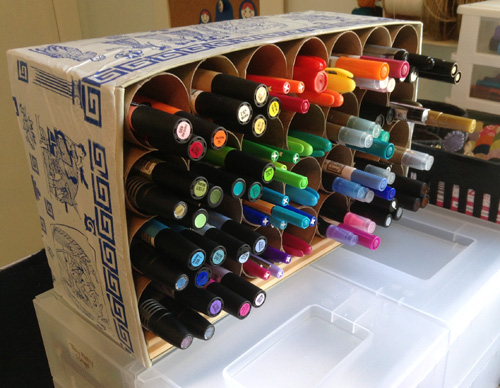
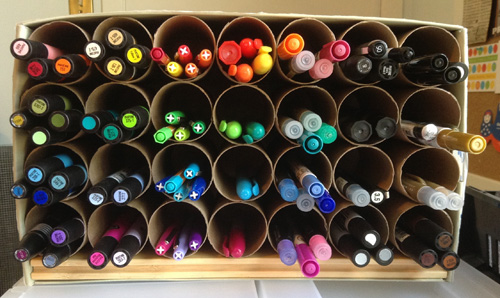
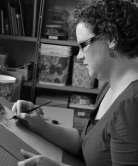
 RSS Feed
RSS Feed